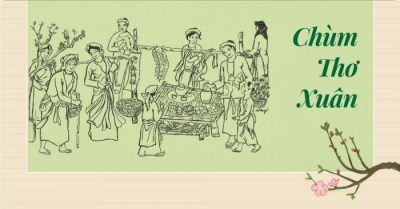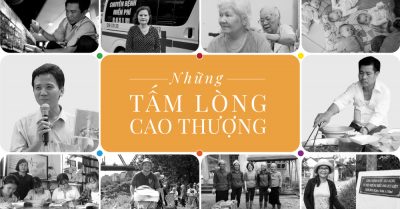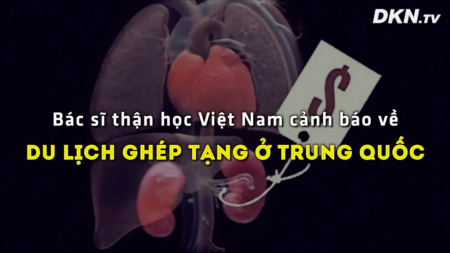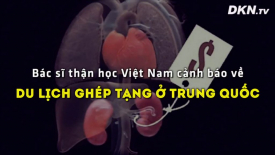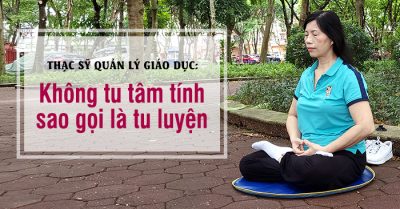Thì hiện tại đơn và hiện tại tiếp diễn là hai trong những thì thường gặp trong tiếng Anh và có nhiều điểm gần giống nhau nên nhiều bạn gặp một số rắc rối khi sử dụng hoặc làm bài tập. Bài này chúng ta sẽ so sánh hai thì chi tiết qua các cấu trúc, cách sử dụng, dấu hiệu nhận biết và cách phát âm. Let’s start!
I. Cấu Trúc
| HIỆN TẠI ĐƠN | HIỆN TẠI TIẾP DIỄN | |
| + | S + V(s/es) He plays tennis. |
S + am/is/are + Ving The children are playing football now. |
| – | S + do not/ does not + Vinf She doesn’t play tennis. |
S + am/is/are + not + Ving The children are not playing football now. |
| ? | Do/Does + S + Vinf? Do you play tennis? |
Am/Is/Are + S + Ving? Are the children playing football now? |
II. Cách sử dụng
| HIỆN TẠI ĐƠN | HIỆN TẠI TIẾP DIỄN |
|---|---|
| 1. Diễn tả một thói quen, một hành động xảy ra thường xuyên lặp đi lặp lại ở hiện tại. Ex: – He watches TV every night. – What do you do every day? – I go to school by bicycle. 2. Diễn tả một chân lý, một sự thật hiển nhiên. 3. Diễn tả một lịch trình có sẵn, thời khóa biểu, chương trình 4. Dùng sau các cụm từ chỉ thời gian when, as soon asvà trong câu điều kiện loại 1 |
1. Diễn tả một hành động đang xảy ra tại hiện tại. Ex: – The children are playing football now. – What are you doing at the moment? 2. Dùng theo sau câu đề nghị, mệnh lệnh. Ex: 3. Thì này còn được dùng để diễn tả một hành động sắp xảy ra. (THÌ TƯƠNG LAI GẦN) Lưu ý: * Không dùng thì hiện tại tiếp diễn với các động từ chỉ nhận thức, tri giác như: to be, see, hear, understand, know, like, want, glance, feel, think, smell, love, hate, realize, seem, remember, forget, belong to, believe … * Các động từ thường dùng nhằm chỉ sự thay đổi: get, change, become, begin, increase, improve, fall |
III. Dấu hiệu nhận biết
| HIỆN TẠI ĐƠN | HIỆN TẠI TIẾP DIỄN |
|---|---|
| – Often, usually, frequently – Always, constantly – Sometimes, occasionally – Seldom, rarely – Every day/ week/ month… |
– Now – Right now – At the moment – At present – Look! Listen!… |
IV. Spelling
| HIỆN TẠI ĐƠN | HIỆN TẠI TIẾP DIỄN |
|---|---|
| – Ta thêm S để hình thành ngôi 3 số ít của hầu hết các động từ. Nhưng ta thêm ES khi động từ có tận cùng là o, sh, s, ch, x, z. Ex: He teaches French.- Nếu động từ tận cùng là y và đứng trước nó là một phụ âm, thì ta đổi y thành i trước khi thêm es. Ex: – He tries to help her. – She studies at China. |
– Nếu động từ tận cùng là e đơn thì bỏ e này đi trước khi thêm ing. (trừ các động từ : to age (già đi), to dye (nhuộm), to singe (cháy xém) và các động từ tận từ là ee Ex: come –> coming- Động từ tận cùng là 1 nguyên âm ở giữa 2 phụ âm thì nhân đôi phụ âm cuối lên rồi thêm ing. Ex: run –> running begin –> beginning- Nếu động từ tận cùng là ie thì đổi thành y rồi mới thêm ing. Ex: lie –> lying- Nếu động từ tận cùng là l mà trước nó là 1 nguyên âm đơn thì ta cũng nhân đôi l đó lên rồi thêm ing. Ex: travel –> travelling |
Bài tập 01:
It (0. be) is Sunday evening and my friends and I (1. be) ……. at Jane’s birthday party. Jane (2. wear) ……. a beautiful long dress and (3. stand) ……. next to her boyfriend. Some guests (4. drink) ……. wine or beer in the corner of the room. Some of her relatives (5. dance) ……. in the middle of the room. Most people (6. sit) ……. on chairs, (7. enjoy) ……. foods and (8. chat)……. with one another. We often (9. go) ……. to our friends’ birthday parties. We always (10. dress) ……. well and (11. travel) ……. by taxi. Parties never (12. make) ……. us bored because we like them.
Đáp án
It (0. be) is Sunday evening and my friends and I (1. be) are at Jane’s birthday party. Jane (2. wear) is wearing |’s wearing a beautiful long dress and (3. stand) standing next to her boyfriend. Some guests (4. drink) are drinking wine or beer in the corner of the room. Some of her relatives (5. dance) are dancing in the middle of the room. Most people (6. sit) are sitting on chairs, (7. enjoy) enjoying foods and (8. chat) chatting with one another. We often (9. go) go to our friends’ birthday parties. We always (10. dress) dress well and (11. travel) travel by taxi. Parties never (12. make) make us bored because we like them..
Bài tập 02
1. Sit down! A strange dog (run) to you.
2. My mom often (buy) meat from the butcher’s.
3. My brothers (not/ drink) coffee at the moment.
4. Look! Those people (climb) the mountain so fast.
5. That girl (cry) loudly in the party now.
6. These students always (wear) warm clothes in summer.
7. What (you/ do) in the kitchen?
8. I never (eat) potatoes.
9. The 203 bus (set off) every fifteen minutes.
10. Tonight we (not/ go) to our teacher’s wedding party.
Đáp án:
1. Sit down! A strange dog (run) is running to you.
2. My mom often (buy) buys meat from the butcher’s.
3. My brothers (not/ drink) aren’t drinking|are not drinking coffee at the moment.
4. Look! Those people (climb) are climbing the mountain so fast.
5. That girl (cry) is crying loudly in the party now.
6. These students always (wear) wear warm clothes in summer.
7. What (you/ do) are you doing in the kitchen?
8. I never (eat) eat potatoes.
9. The 203 bus (set off) sets off every fifteen minutes.
10. Tonight we (not/ go) aren’t going|are not going to our teacher’s wedding party.
Đức Hải (tổng hợp)
 Đại Kỷ NguyênTin tức thời sự quốc tế cập nhật 24/7, văn hoá truyền thống
Đại Kỷ NguyênTin tức thời sự quốc tế cập nhật 24/7, văn hoá truyền thống





















































